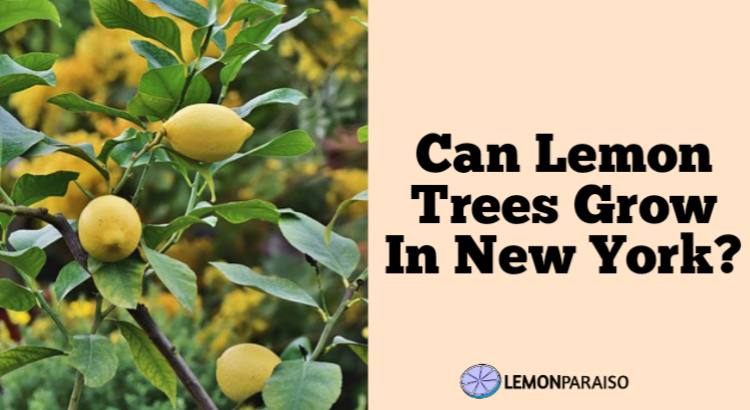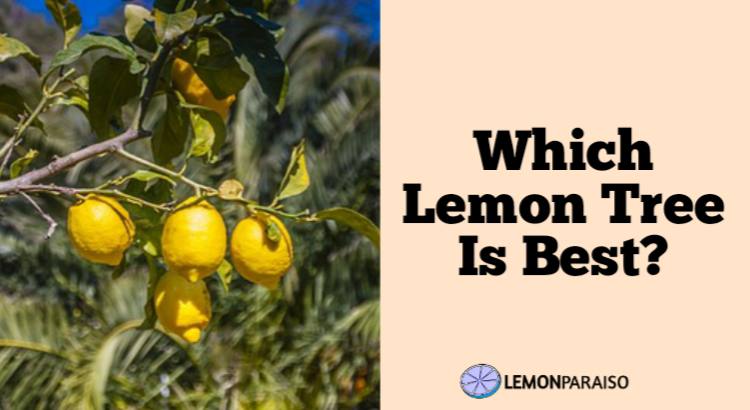Worms On Lemon Tree
Worms can be a major problem for lemon trees, causing damage to leaves, fruit, and overall tree health. These pests can be difficult to control, but with proper identification and management strategies, the damage caused by worms can be minimized. Know the the signs of infestation, and control and prevention methods.
Signs Of Worms Infestation On Lemon Tree
Discolored or distorted leaves: The presence of worms can cause the leaves of a lemon tree to become discolored or distorted. This is often the first sign of an infestation.
Holes in leaves or fruit: As worms feed, they can create holes in the leaves or fruit of the tree. These holes are a clear sign of an infestation.
Presence of silk webbing or frass (worm excrement): Some types of worms, like citrus leafminer and citrus bud moth, create mines or webs in the leaves of the tree. These webs are a clear sign of an infestation and can be found along with worm excrement (frass)
Swelling or distorted fruit: Some worms like citrus fruit worm tunnel into the fruit and cause them to become distorted and unmarketable.
Reduced fruit production: If the infestation is severe and prolonged, it can lead to reduced fruit production as the tree’s growth is stunted and many buds and fruits are damaged or destroyed.
Controlling Worms On Lemon Tree
Biological control using parasitic wasps: Certain species of parasitic wasps can be introduced to control worm populations. These wasps lay their eggs inside the worms, killing them and helping to reduce the overall worm population.
Chemical control using insecticides: Insecticides can be used to control worm populations, but it is important to use the appropriate insecticide and follow the recommended application rates and frequencies. It’s also important to note that insecticides can have adverse effects on beneficial insects and pollinators.
Cultural control such as maintaining tree health and proper sanitation: Good tree health and sanitation practices can help prevent worm infestations. This can include proper irrigation, fertilization, and pruning to keep the tree healthy, as well as regular inspection of the tree to identify and remove infested plant material.
Physical control method: Some farmers use row covers, sticky bands and other physical barriers to protect the trees from the pests.
Integrated pest management (IPM): This approach uses a combination of the above methods to control pests and includes monitoring, identification and action threshold to decide when to take action.
Prevent Worm Infestations On Lemon Trees
Regularly inspect trees for signs of infestation: By regularly inspecting your lemon trees for signs of worm infestation, you can quickly identify and address any problems before they become severe.
Prune and dispose of infested plant material: Pruning and disposing of infested plant material can help prevent the spread of worms to other parts of the tree.
Use row covers or other physical barriers: Using row covers or other physical barriers can help prevent worms from reaching the tree in the first place.
Maintaining tree health and proper sanitation: Proper care of lemon trees, including proper irrigation, fertilization, and pruning can help to keep the tree healthy, making it less susceptible to worm infestations.
Timing of planting: Planting lemon trees at the appropriate time of year, when pests and diseases are less active, can reduce the risk of infestation.
Use of pheromone traps: Pheromone traps can be used to trap adult pests, reducing the number of pests that can lay eggs and cause infestations.
Rotate insecticides: Rotating the use of insecticides can help prevent the development of insecticide resistance in worm populations.


